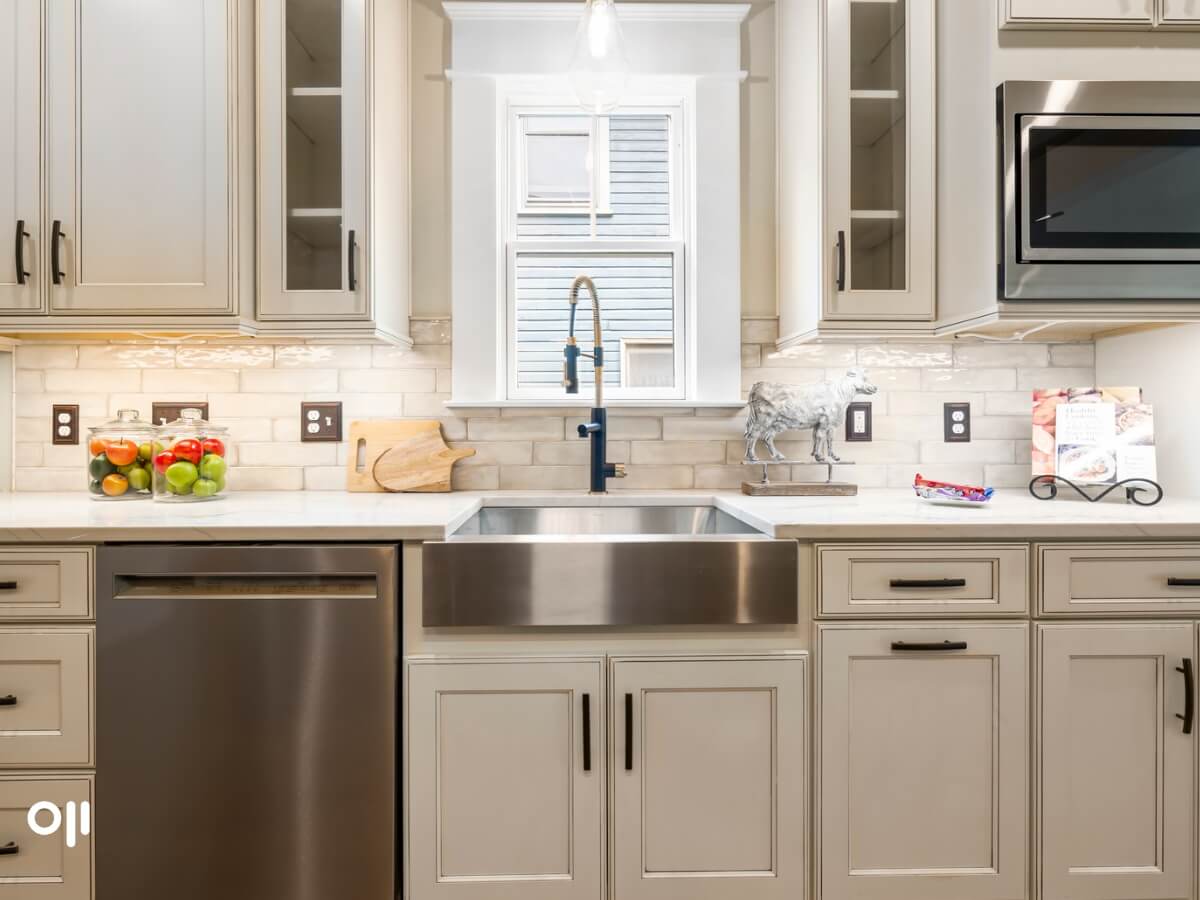Common Issues with Smart Cabinet Locks and How to Fix Them
In today’s world, the convergence of convenience and security often takes the form of technology-driven solutions. One such marvel that has transformed our lives is the smart cabinet lock. As you relish the ease of unlocking your cabinets with a simple tap on your smartphone or a quick scan of your fingerprint, it’s clear that we’re living in a future we had once only imagined.
However, no technology is flawless, and smart cabinet locks are no exception. This comprehensive guide aims to explore common issues that you may encounter while using these smart locks and provides robust solutions to ensure your experience remains as seamless as intended.
-
Tackling Connectivity Hiccups
One of the most reported issues with smart cabinet locks is connectivity problems. Here’s a step-by-step approach to diagnose and fix these issues:
Step 1: Verify your internet or Bluetooth connection. Ensure your Wi-Fi router is functioning properly or your Bluetooth is switched on and within range.
Step 2: Try a simple reboot. Power off your smart lock and the connected device, wait for a few minutes, and then turn them back on.
Step 3: Keep your smart lock’s software up-to-date. Software updates frequently include bug fixes and connectivity improvements. You can usually find these updates on the manufacturer’s website or your smart lock’s app.
-
Power Problems: When Batteries Fail
Smart cabinet locks usually operate on batteries, and a sudden power loss can be quite a hassle. Here’s how to handle this:
Step 1: Regularly check the battery levels of your lock. Some smart locks send an alert to your device when the battery level is low.
Step 2: If you notice that your smart lock’s batteries are draining faster than expected, reach out to the manufacturer or vendor. It could be a product defect that may be covered under warranty.
-
Biometric Recognition Failure: When Your Lock Can’t Recognize You
Sometimes, biometric smart cabinet locks fail to recognize fingerprints or other biometric data. To fix this:
Step 1: Ensure your finger is clean and dry. External factors like dirt or moisture can interfere with the scanner.
Step 2: Try deleting and re-registering your fingerprint. Over time, slight changes in your fingerprint can cause recognition problems.
Step 3: As with other issues, checking for software updates can be beneficial. Manufacturers often improve biometric recognition in software updates.
-
Mechanical Troubles: Traditional Lock Problems in a Smart World
While smart cabinet locks are a leap forward in lock technology, they can still run into traditional lock problems like jamming. Here’s how to deal with them:
Step 1: Use a lock lubricant if your lock seems jammed. Make sure you’re using a product that is safe for your specific lock.
Step 2: If your lock comes with a backup physical key, use it. This can help you determine if the problem is with the lock itself or the smart features.
Step 3: If the problem persists, don’t hesitate to reach out to a locksmith or the lock manufacturer.
- Navigating Through Software Glitches
Every so often, smart cabinet locks may experience software glitches that can affect their functionality. To resolve these glitches:
Step 1: Try resetting your lock to its default settings. Refer to your user manual to find the correct reset process.
Step 2: Ensure your lock’s software is updated. This can often solve issues caused by software glitches.
While smart cabinet locks are a sophisticated piece of technology, it’s crucial to remember that some common sense rules still apply. Keeping your lock clean, checking its batteries regularly, and ensuring the software stays updated can go a long way in preventing most of these issues.
Frequently Asked Questions:
What if the smart cabinet lock is still not working after following the troubleshooting steps?
If the problem persists after troubleshooting, it’s advisable to contact the lock’s manufacturer or customer service for further assistance. It might be a more serious issue that requires professional help or a replacement unit.
How often should I check the battery levels in my smart cabinet lock?
The frequency may depend on the usage and the type of battery the lock uses. However, a general rule of thumb is to check once a month. Some smart locks also have a feature that sends a notification to your device when the battery is low.
What kind of lock lubricant should I use for my smart cabinet lock?
It is best to use a lubricant recommended by the lock manufacturer to avoid any potential damage. Some smart locks may not require or recommend using a lubricant at all.
What should I do if my biometric data isn’t recognized by the lock even after re-registering it?
If the lock still fails to recognize your biometric data, it could be a hardware issue. Contact the manufacturer’s customer service for assistance.
Is there a way to prevent glitches in my smart cabinet lock?
Regular software updates can help prevent glitches as they often contain bug fixes and improvements. However, if the lock is behaving erratically, it may be best to consult the manufacturer or a professional.
Can I use any type of battery for my smart cabinet lock?
Always use the type of batteries recommended by the manufacturer to ensure the optimal operation of your lock and to avoid any potential damage.
What can I do to prevent connectivity issues with my smart cabinet lock?
Try to ensure a strong and stable Wi-Fi or Bluetooth connection in the area where the lock is installed. Regularly updating your lock’s software can also help prevent connectivity issues.



Leave a Reply
Want to join the discussion?Feel free to contribute!